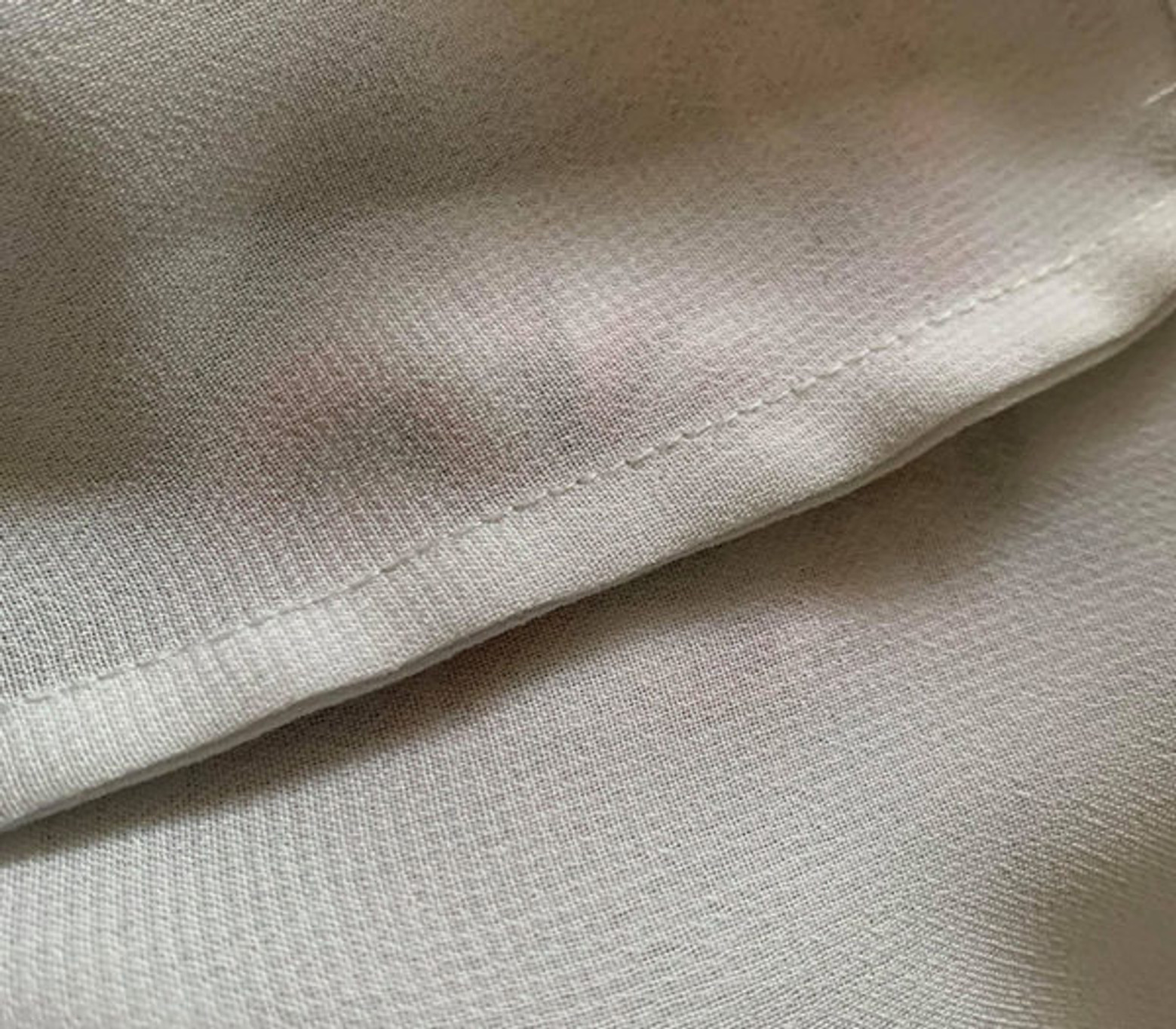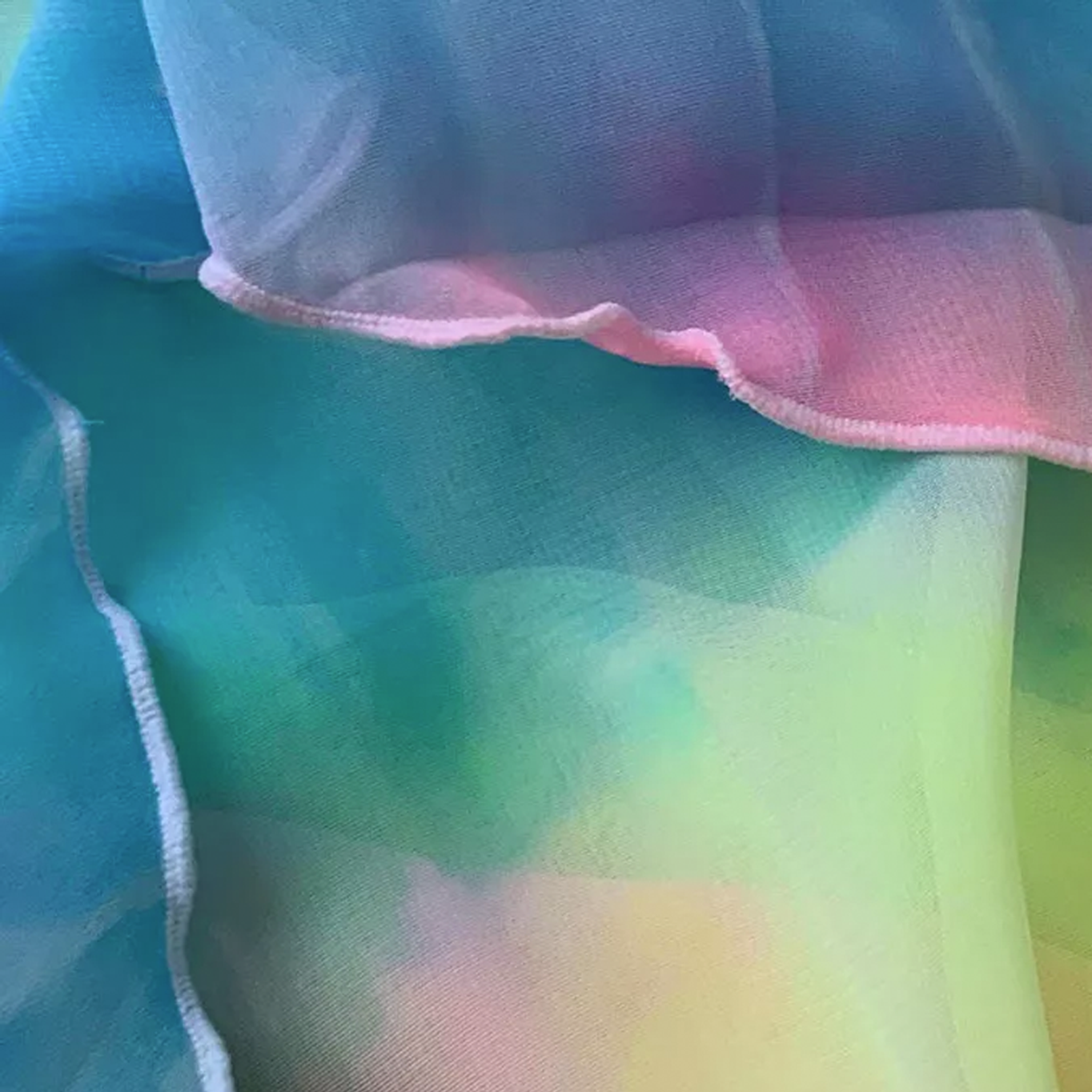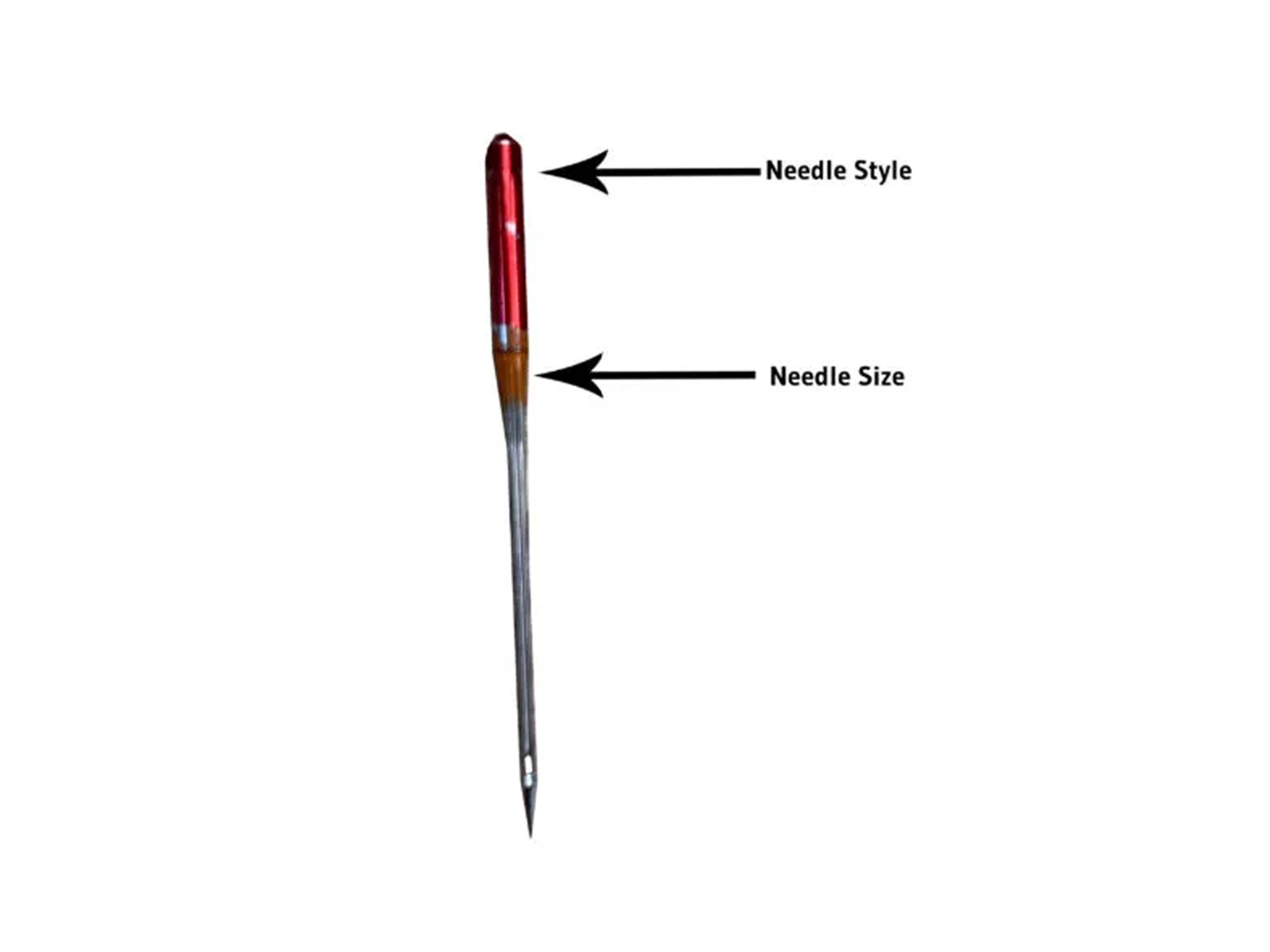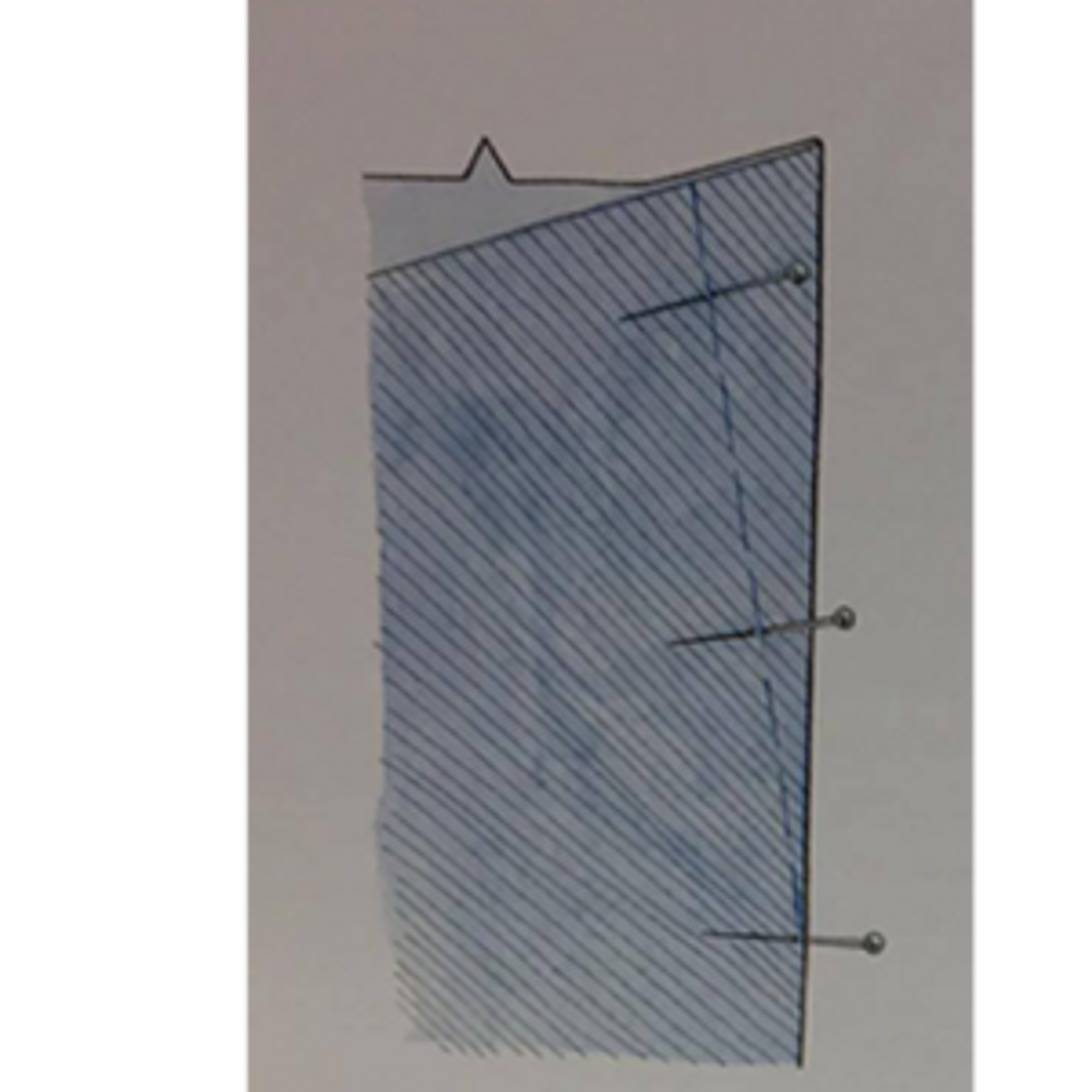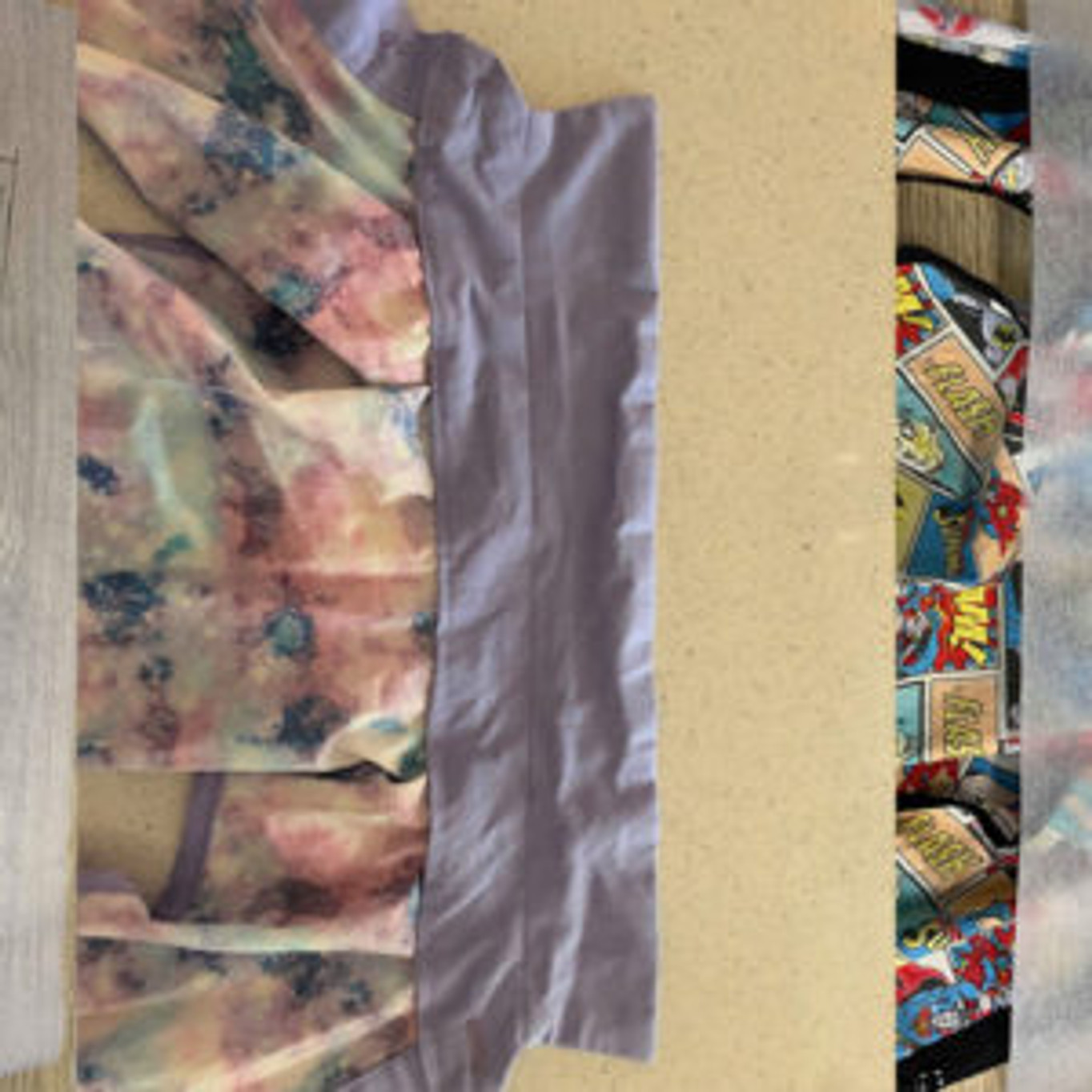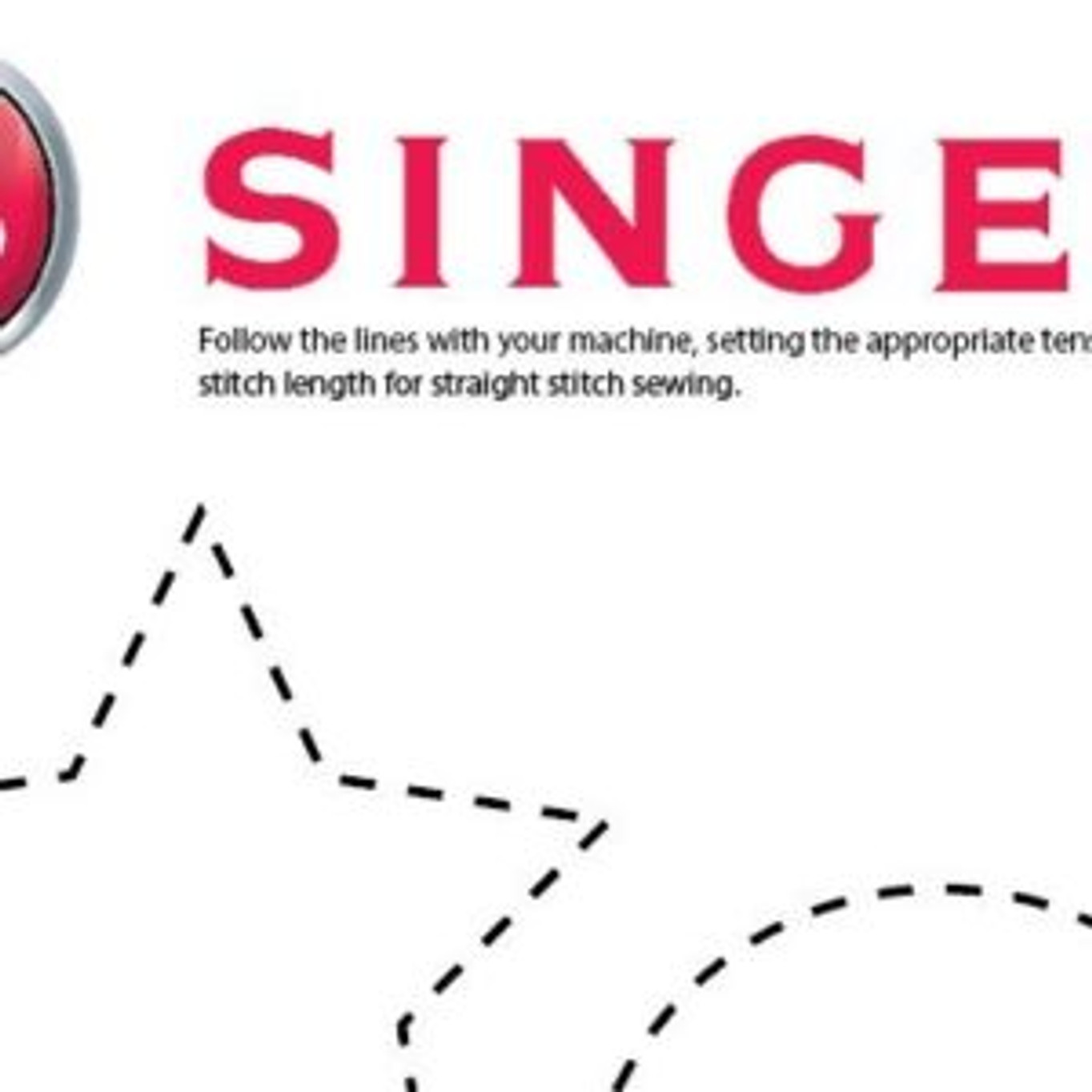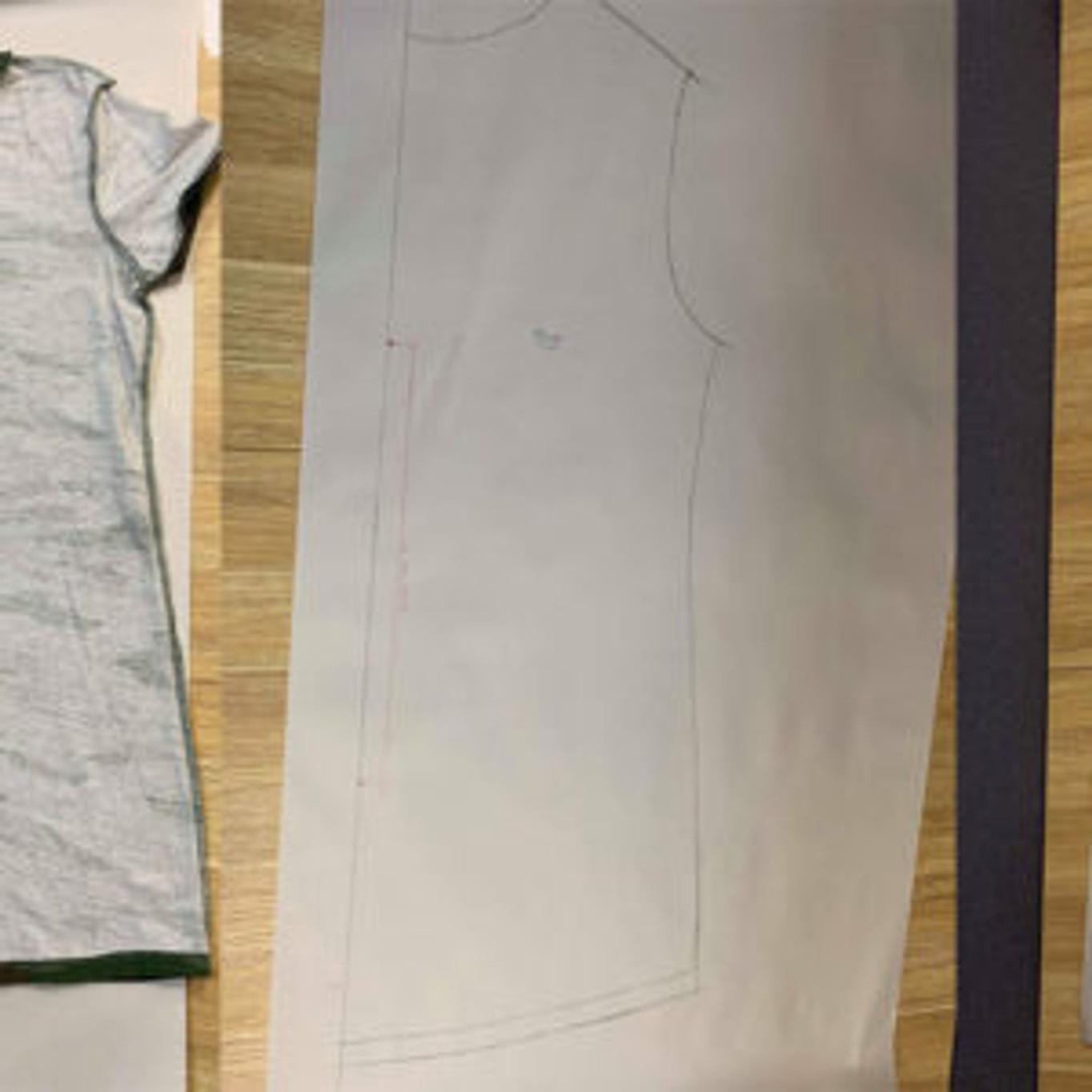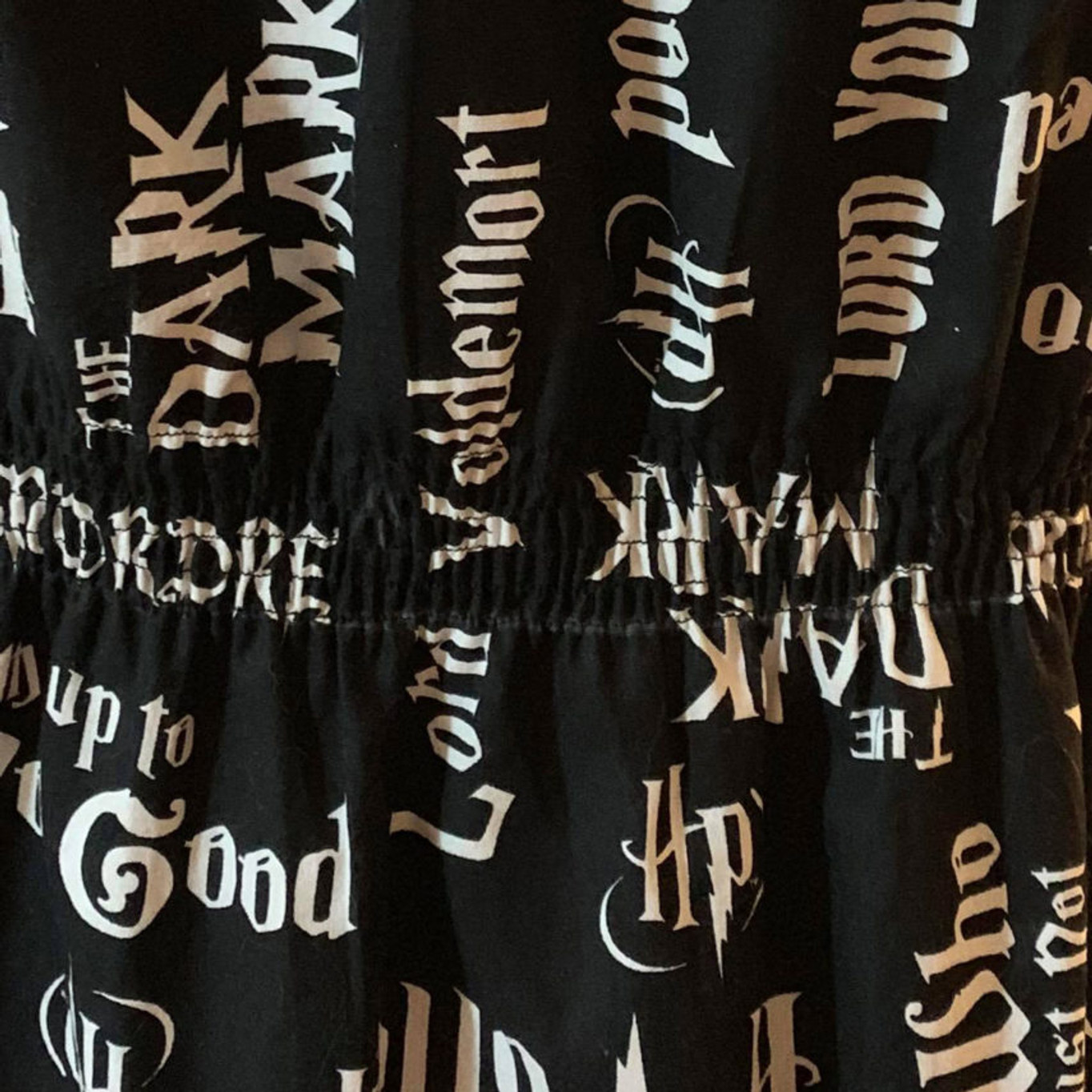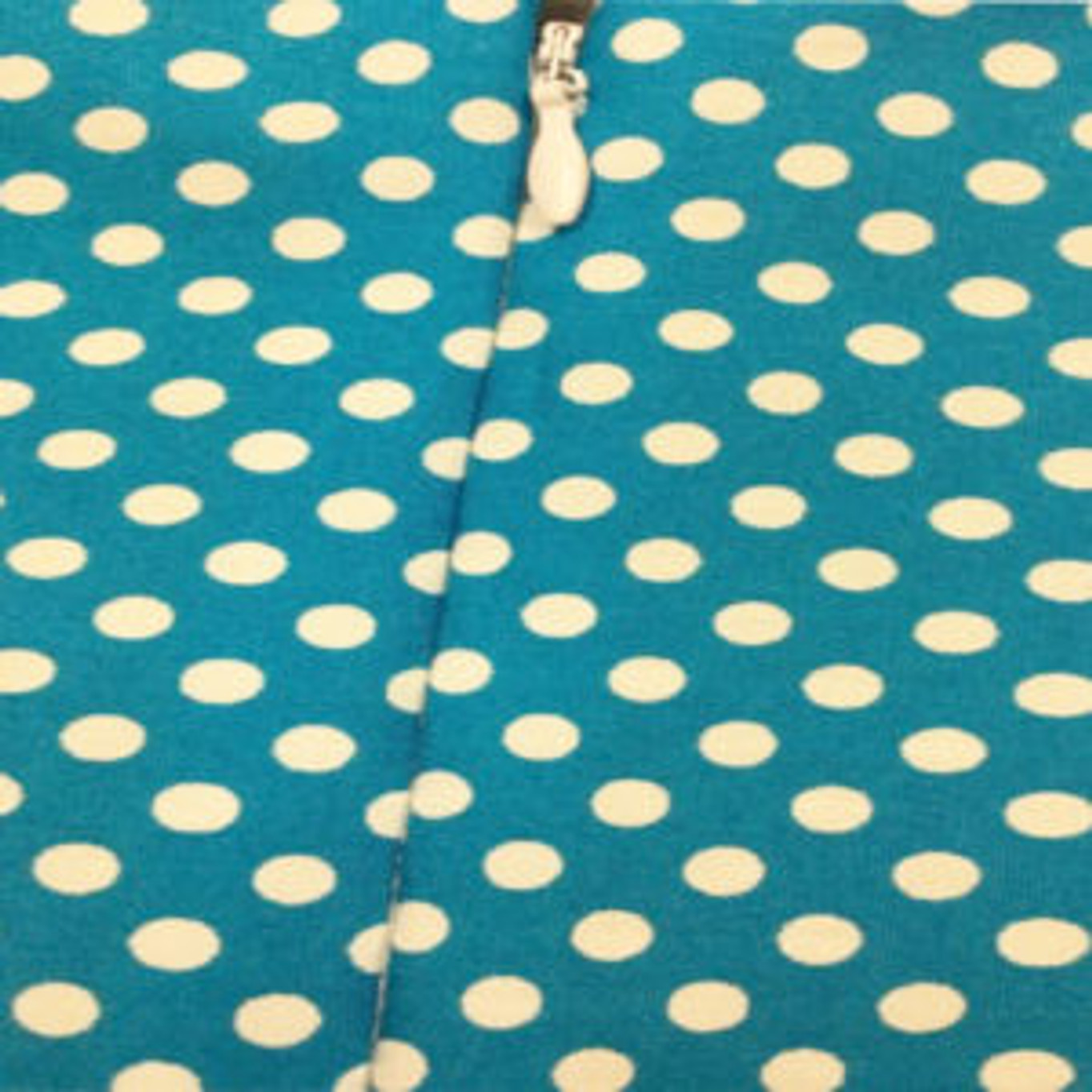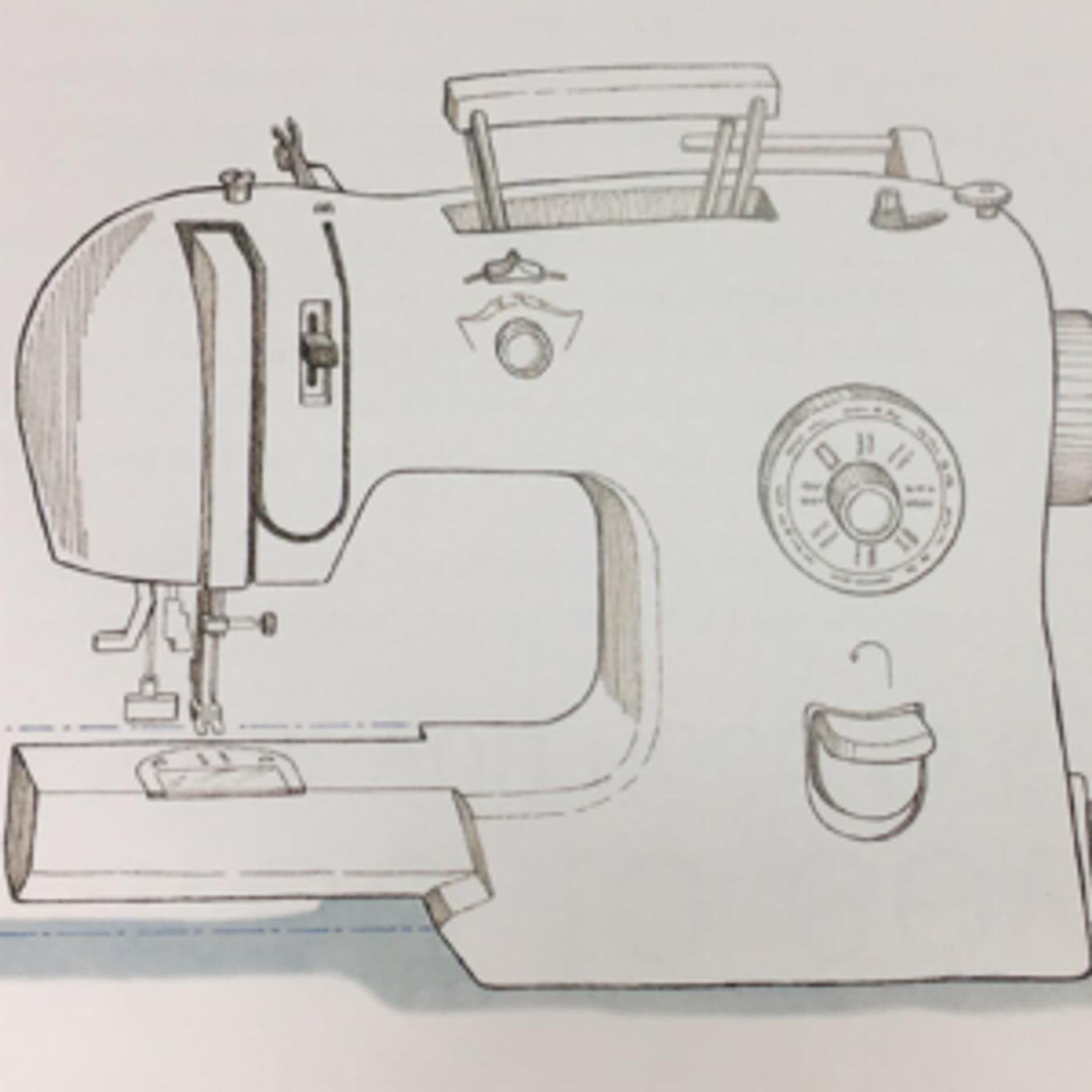A seam is a basic element in all garment construction. It is created by stitching two pieces of fabric together, usually 1.5cm from the cut edge. Perfect seams are the most obvious sign of a well- made garment. Puckered, crooked, or uneven seams spoil the fit as well as they look.In addition to holding a garment together, seams can be used as a design element. Seams placed in unusual locations or topstitched with con
25th May 2020
There are many ways to hem your projects. The type of fabric you have chosen and the type of garment or project you have chosen to make, will influence your choice on the type of hem you use. Some common hems include a double folded hem, machine top stitching and hand finishing.
If you want to learn how to complete a variety of different hems be sure to keep reading to discover step-by-step instructions on all t
24th Apr 2020
What does the colours on the needle mean?
You may have noticed the SINGER needles have different colours on the shanks. This is not just to decorate them. It is a code to help you know what type of needle it is.
Below we have the codes that, so you know which needle type correlates with what colour. Making choosing the correct needle for your next project.Needle Style Colour:
Red is for woven fabrics (2020)
26th Jun 2019
When sewing, make sure you are not tugging or holding firmly to your fabric in front in any way. This also goes for dragging it out the back. Let the machine pull the fabric through at its own pace.The only thing you really need to help with is steering left and right. This will prevent the needle from coming forward / back and taking chunks out of the front or back of the hole in the needle plate.
24th May 2019
Darts are necessary when sewing to add shape to a garment, typically around the bust and back area.You will need:Clothing with dartsPattern Making RulersPencilScissorsSteps:Using your garment, trace the first half, up to the dart pointMeasure the size of your dart e.g. 0.8cm, (tip: if you measure to the fold you will need to double the measurement e.g. 1.6cm).On your paper, add 1.6cm to the end of your paper. Holding
22nd Mar 2019
Typical collars and cuffs are encased therefore making them harder to trace the seam with the seam allowance included. Follow the steps below on how to make the job easier!Baking/tissue paperClothing with collar or cuffPattern Making RulersPencilScissorsSteps:Identify where your collar, stand or cuff seams are on your garment.Using Backing paper or tissue paper, place over the top of your garment.Using your Pencil tr
15th Mar 2019
Download the sewing practice sheets, without any thread in your machine follow the lines to practice your sewing skills and control of the machine. Recommended for beginner sewers and children.Download Practice Sheet
13th Mar 2019
Pattern drafting is a term that often 'scares' dressmakers, who then shy away from it. Here is a quick and easy way to introduce you to pattern drafting which allows you to build confidence and skill.You will needButches paperClothingPattern Making RulersPencilScissorsSteps:Using your existing clothes, turn them inside out in order to include the seam allowanceUsing a pen and ruler, draw a straight line down to one s
7th Mar 2019
Do you want to add shirring to a project you are doing? Does the pattern you are using requires shirring and you don’t know how to do this? This is the right tutorial for you!Disclaimer: Shirring with elastic thread is not really recommended for high-end machines as it can affect the bobbin area tensions. This is because the elastic is thicker than regular thread. The below tutorial was sewn using a Talent 3223. If y
1st Feb 2019
Bias binding in sewing is when the edges of the fabric are enclosed by the bias which gives the project a neat finish.Supplies Fabric strips cut on biasBias tape tool, 6mm, 13mm or 25mmIron Fold the fabric diagonally so that one selvedge is at a right angle to the other selvedge. Press along the fold - the direction of the fabric grain at the fold is the bias grain, Cut along the pressed line. Set aside the triangle
19th Dec 2018
The Invisible Zipper Foot can be used for inserting an invisible zipper into a seam, creating a hidden seam.On most sewing machine models, the Invisible Zipper Foot can be attached to the presser foot holder. Depending on the machine you may have a shank attached to the foot or a detachable one. For more information on the correct Invisible Zipper Foot for your machine model, refer to your sewing machine manual.Place
4th Sep 2018
If your machine has a feed dog lever to drop your feed dogs, and not a feed cover plate, use these steps to raise your feed dogs to resume normal sewing.Raise the presser foot and then slide the drop feed lever to the raise position. You then need to turn the handwheel toward you (counterclockwise) to raise the feed dogs. Why would you lower the feed dogs? Sewing on buttons Free motion Quilting and AppliqueFiner Fab
22nd Jan 2018

